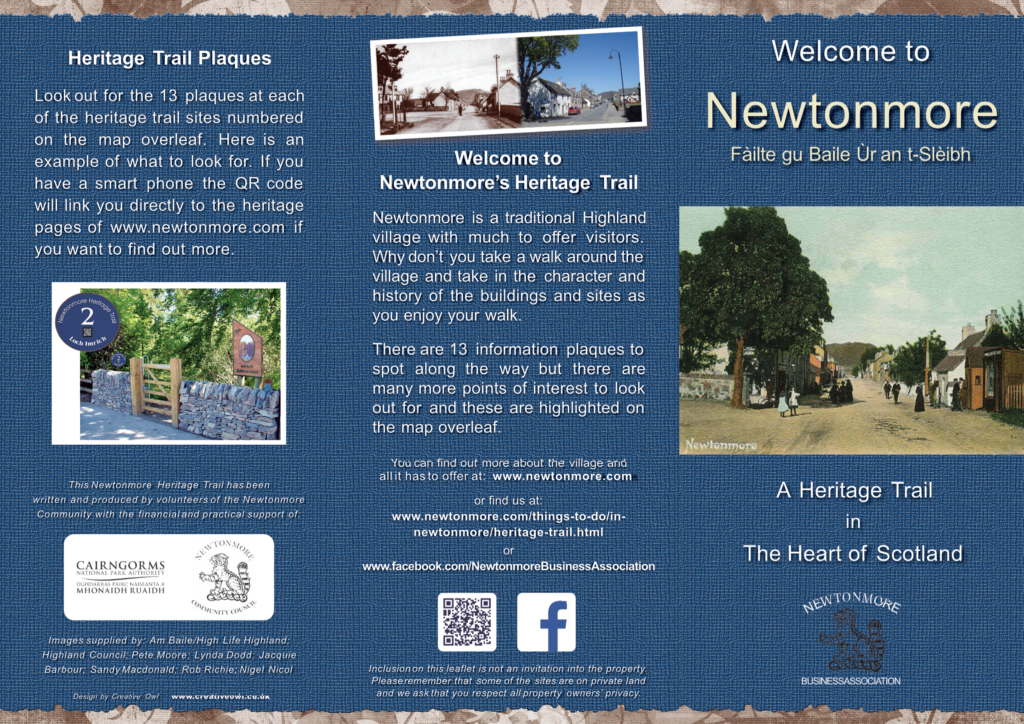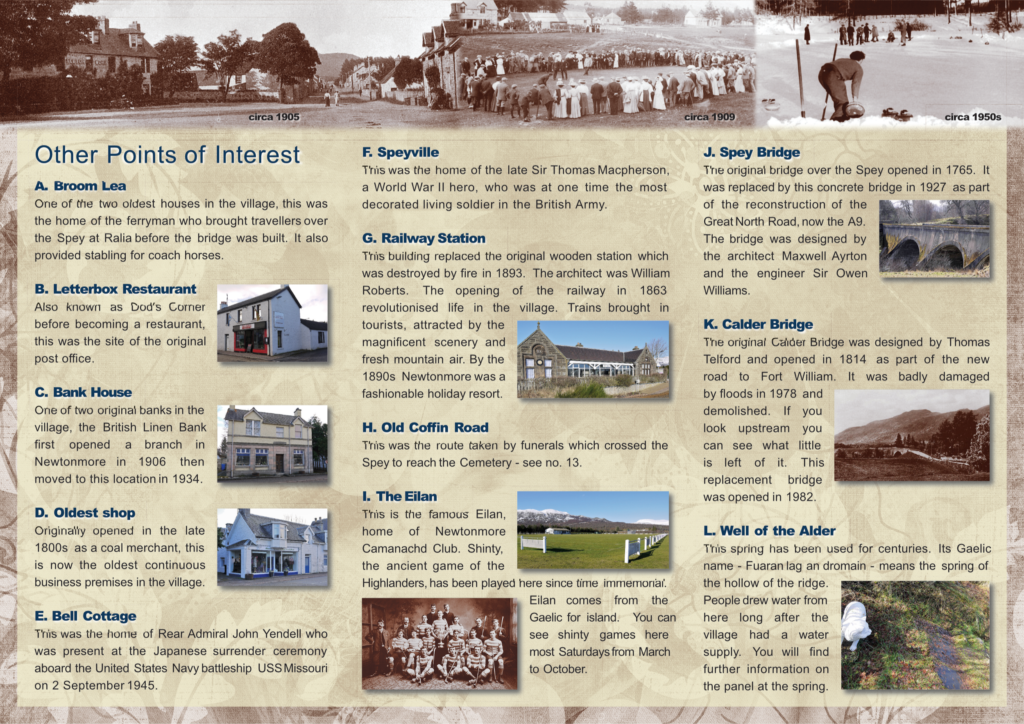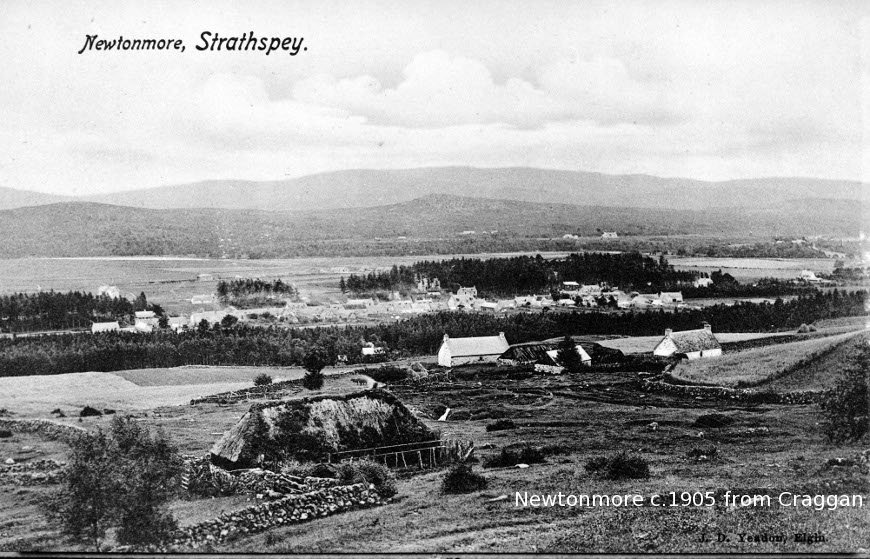
Newtonmore Heritage Trail
This description of Newtonmore’s attractions in 1929 is just as relevant today. Newtonmore is a traditional Highland village with much to offer visitors. The heritage trail has been set up to tell you something about the history of the village. Newtonmore has been a popular holiday resort since the 1880s and used to be known as “the gem of Highland health resorts”.
If you are visiting Newtonmore, you can pick up a trail leaflet from local shops, cafes and accommodation providers and enjoy a stroll through the village. You will find 13 information plaques along the trail and a PDF of the leaflet is available.
NB: inclusion in the trail is not an invitation into the property. Please remember that some of the sites are on private land and we ask that you respect all property owners’ privacy.
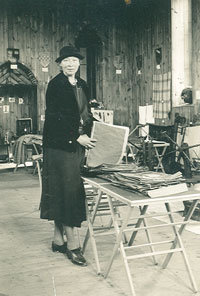
1. Highland Folk Museum
The Highland Folk Museum was founded by a remarkable woman, Dr I.F. Grant, in the 1930s. Using her own funds, she toured the Highlands collecting domestic utensils, furniture, farm implements and machinery in order to preserve a way of life that was fast disappearing. She called her museum Am Fasgadh, a Gaelic term meaning The Shelter, since her aim was “to shelter homely ancient things from destruction”.
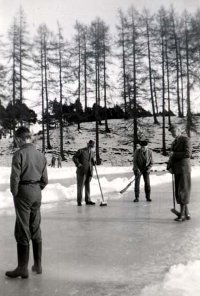
2. Loch Imrich
The loch is one of several kettle holes in the Newtonmore area. These were formed when ice from receding glaciers became trapped in hollows and then melted.
Imrich is a Gaelic word meaning flitting or removal. The loch was part of the route local crofters took with their cattle when they moved every summer to the shielings – summer pastures in higher ground above the village.
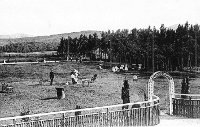
3. Balavil Hotel
The Balavil Hotel was originally an inn run by the Bentick family. As the village developed into a fashionable holiday resort in the late 1880s, the inn was upgraded to a hotel.
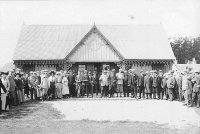
4. Golf Club
“Amid the grandest scenery of Scotland, breathing the purest of mountain air, and playing on a course that is both well planned and well kept, no one will be disappointed who elects to spend a golfing holiday by the banks of the Spey at Newtonmore.”

5. War Memorial
The war memorial stands in the centre of the village, beside the Village Hall. It is a Celtic cross in grey granite, seventeen feet tall.

6. Village Hall
The original village hall opened in 1889 and also housed reading rooms. Among the contributors was Andrew Carnegie, who was then the shooting tenant of the Cluny estate. He donated £50.

7. St Bride's Church
Until 1895 church services were only held in Newtonmore once a month. On most Sundays residents and summer visitors had to travel to Kingussie to worship in the Church of Scotland or the Free Church.

8. Monarch Country Apartments
This building was originally the Craig Mhor Hotel which built during the boom in the tourist industry in the village in the early 20th century. It was opened by Thomas Grant in 1906.

9. Craigellachie House
Craigellachie is believed to be the oldest house in Newtonmore. It is possible that an inn was established here after the bridge over the Spey opened in 1765.
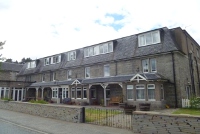
10. Mains House Care Home
This building was originally the shooting lodge for the Banchor estate. By 1888 a new lodge had been built (now the Lodge Hotel) and Sam Macdonald, who ran an inn in the building next door (see Craigellachie House) transferred his growing business here.
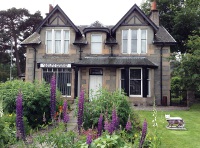
11. Clan Macpherson Museum
This was originally a house called Dochanassie owned by the Leslie family. The Leslies had been blacksmiths in several villages in Badenoch since the 18th century. Their premises included the smiddy opposite the Eilan.
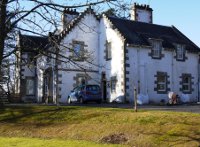
12. Dower House
This house was built in 1887 for the dowager Mrs Macpherson of Balavil, widow of the local landowner. Lydia Julia Brewster Macpherson was the wife of the grandson of James “Ossian” Macpherson.
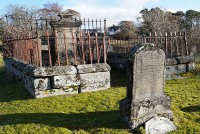
13. Banchor Cemetery
Banchor Cemetery, which is known in Gaelic as Cladh Bhrighde, is on the site of a 6th century chapel dedicated to St Bride, a popular Celtic saint.
Acknowledgements
The trail has been written and produced by volunteers of the Newtonmore community with the financial and practical support of the Cairngorms National Park Authority and Newtonmore Business Association.
If you have any further information on any of the places mentioned, we would be glad to hear from you.
Thanks to all the local residents who contributed their expertise, photographs and memories. Thanks also to the Highland Folk Museum, the Clan Macpherson Museum, the Strathspey and Badenoch Herald, Ross Noble, Pete Moore and George Dixon for their assistance.
Images have been supplied by Am Baile/ High Life Highland, the Highland Folk Museum, the Clan Macpherson Museum, St. Bride’s Church, Jacquie Barbour, Lynda Dodd, Sandy Macdonald, Kathryn and Pete Main, Pete Moore, Nigel Nicol and Rob Ritchie.
Other points of interest
In addition to the sites listed on the Newtonmore Heritage Trail leaflet, there are many other points of interest throughout the village

